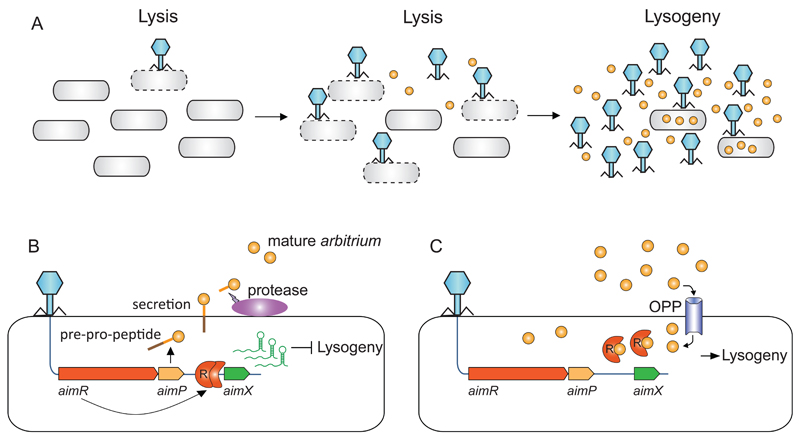Figure 6. Mechanistic model for communication-based lysis-lysogeny decisions.
(A) Dynamics of arbitrium accumulation during infection of a bacterial culture by phage. (B) At the first encounter of a phage with a bacterial population, the early genes aimR and aimP are expressed immediately upon infection. AimR, as a dimer activates AimX expression. AimX is an inhibitor of lysogeny, possibly as a regulatory ncRNA, directing the phage to a lytic cycle. At the same time AimP is expressed, secreted and processed extracellularly to produce the mature peptide. (C) At later stages of the infection dynamics, the arbitrium peptide accumulates in the medium and is internalized into the bacteria by the OPP transporter. Now when the phage infects the bacterium, the expressed AimR receptor binds the arbitrium molecules and cannot activate the expression of AimX, leading to lysogeny preference.

